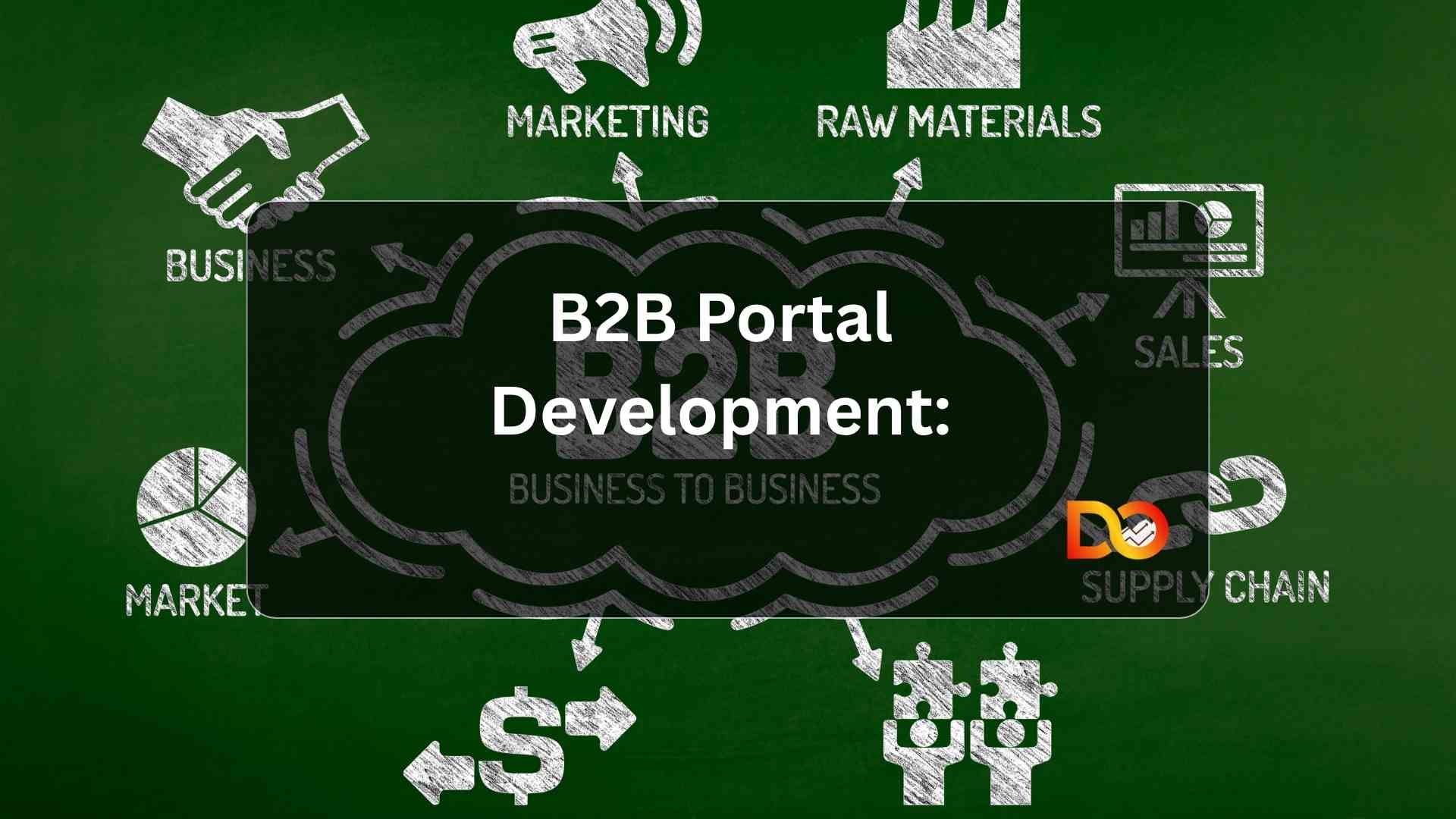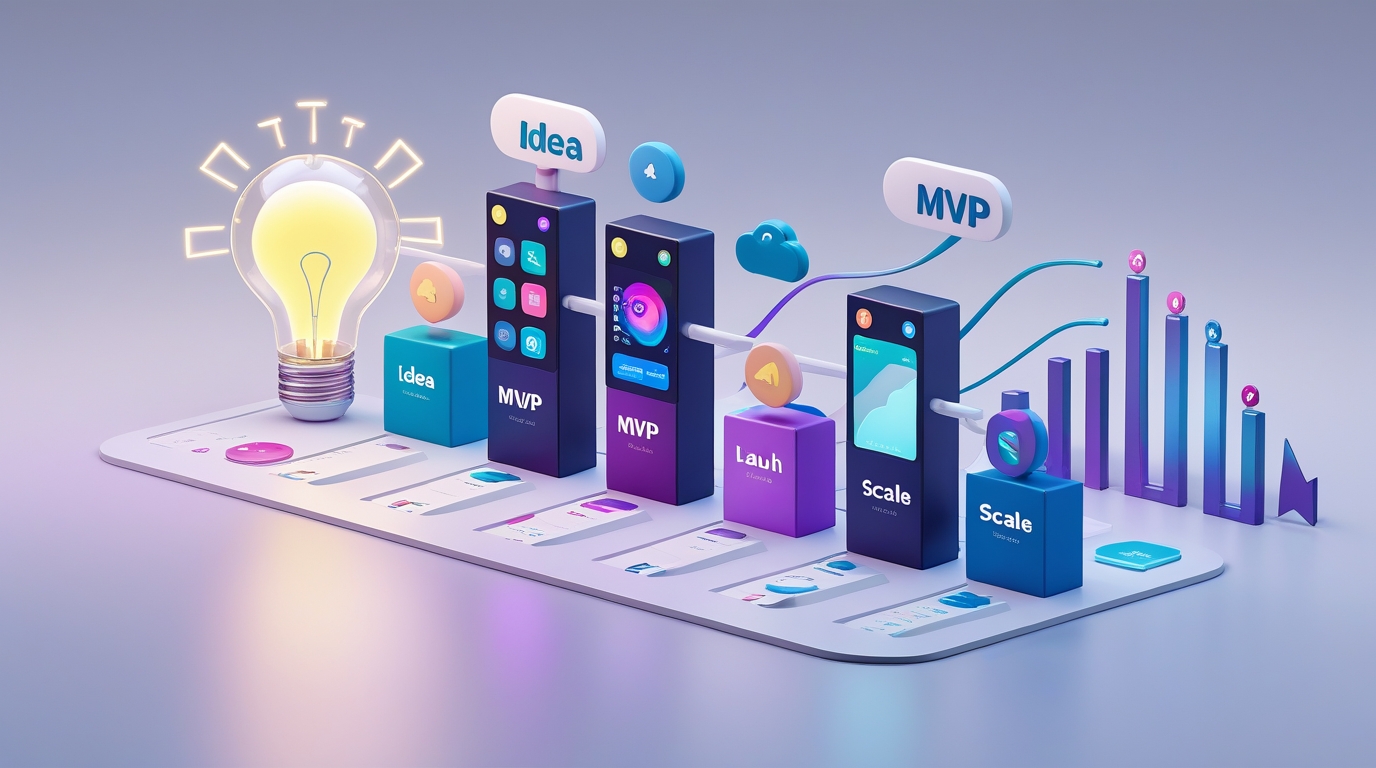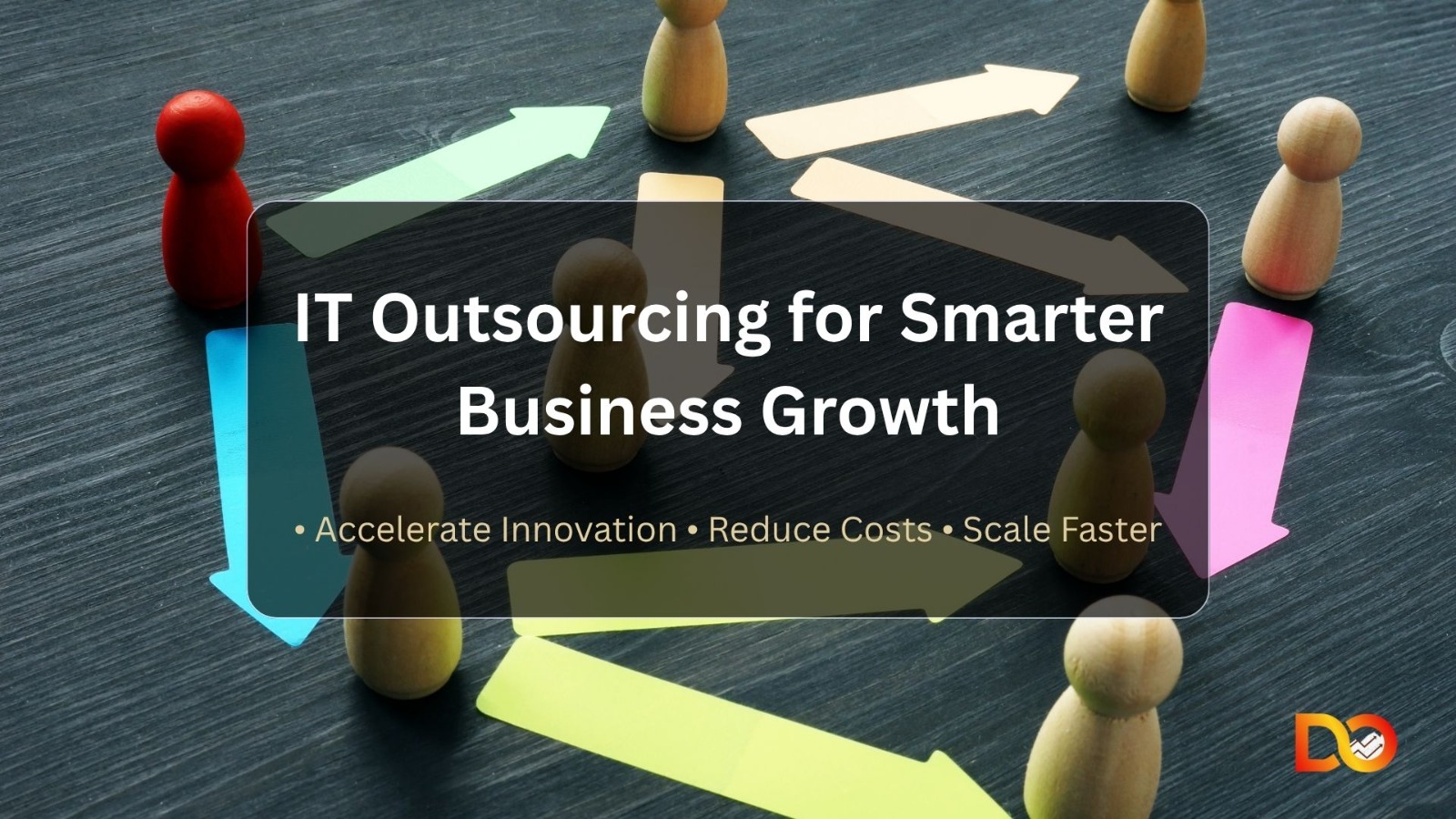
Here’s something most business owners don’t realize until it’s too late: your competitors are already transforming their B2B relationships through sophisticated digital portals. While you’re managing orders through email chains and spreadsheets, they’re automating transactions, providing real-time inventory visibility, and delivering experiences that keep partners coming back.
B2B portal development isn’t just about digitizing operations—it’s about creating a competitive advantage that’s genuinely difficult to replicate. Companies with well-designed B2B portals see their clients become 34% more likely to make purchases and 32% more likely to renew contracts. That’s the difference between market leaders and companies struggling to maintain relevance.
What Makes Modern B2B Web Portal Development Different
A B2B portal is essentially a secure, customized digital gateway where your business partners, distributors, or enterprise clients can interact with your company 24/7. But b2b web portal development has evolved way beyond simple login pages and document repositories.
Modern portals are intelligent ecosystems that integrate with your existing systems, automate complex workflows, and provide actionable insights that help both you and your partners make smarter decisions.
Core capabilities that matter:
- Self-service transactions: Partners place orders, track shipments, and manage accounts without phone calls
- Real-time data integration: Live connections with ERP, CRM, and inventory systems
- Role-based access control: Different partners see different pricing and information based on their relationship
- Advanced analytics: Purchasing patterns, inventory levels, and performance metrics for better decisions
Why Traditional B2B Processes Are Costing You Money
Consider what happens with manual B2B processes: orders arrive by phone or email, someone manually enters data, another person checks inventory, someone creates invoices, and yet another follows up on payment. Each handoff introduces delays and errors.
Multiply that by hundreds of monthly transactions. The costs aren’t just financial—they’re opportunity costs. Every hour spent on routine processing is an hour not spent on strategic growth initiatives.
Research shows that securing new customers costs 6-7 times more than retaining existing ones. Yet most B2B companies invest far more in acquisition than creating experiences that keep current partners engaged.
The Business Case: ROI That Actually Makes Sense
A manufacturing company implemented a B2B customer portal for approximately €287,000 in first-year costs. That portal generated an additional €400,000 in online sales while reducing operational costs by €50,000 annually. Net benefit in year one? €163,000, with better returns in subsequent years.
When done correctly, b2b portal development services typically deliver ROI within 12-18 months through:
Direct Revenue Impact:
- 15-25% increase in average order values through real-time inventory visibility
- Higher transaction frequency as friction decreases
- Better cross-selling through intelligent product recommendations
Cost Reductions:
- 40-60% drop in customer service calls
- 50-70% decrease in order processing costs
- Dramatically lower error rates and corrections
- Sales teams focus on strategic accounts, not admin tasks
The Retention Multiplier
A 5% increase in customer retention can boost revenue growth by 25% to 95%. B2B customer portal development directly impacts retention by making it easier to do business with you. Partners invest time learning your portal and integrating it into their workflows—switching to a competitor means starting over.
Types of B2B Portals That Drive Results
Customer and Partner Portals
Your distributors and resellers log in to place orders, check status, manage accounts, and access sales resources. The best portals provide marketing materials, training resources, and performance dashboards that help partners grow their business with you.
Supplier and Vendor Portals
Flip the equation—your suppliers update product information, submit invoices, track payments, and respond to RFPs within a centralized platform you control. This is particularly valuable for complex supply chains.
Multi-Tenant B2B Portals
These serve multiple distinct client organizations, each with their own data and customizations, all running on shared infrastructure. Think apartment building versus individual houses—each tenant has secure space, but you manage one building with shared maintenance.
Multi-tenant B2B portals are incredibly efficient for businesses serving multiple clients or offering white-label solutions. You maintain one codebase and push updates to all tenants simultaneously.
Enterprise Portal Solutions
Comprehensive platforms integrating customer portals, supplier portals, employee intranets, and public-facing elements into one cohesive ecosystem. Enterprise portal solutions typically require significant investment but are necessary for large organizations with complex stakeholder relationships.
Security That Protects Your Business
When you’re opening systems containing sensitive business data, pricing information, and transaction history, you can’t afford mistakes.
Essential security measures:
- Multi-factor authentication and granular permission systems
- Data encryption both in transit and at rest
- Compliance with GDPR, HIPAA, SOC 2, or industry-specific regulations
- API security with token-based authentication and rate limiting
- Comprehensive audit logging and continuous monitoring
Your b2b portal development company should build security into the foundation, not bolt it on later.
How DevOptiv Approaches B2B Portal Development
We’ve built dozens of B2B portals across manufacturing, healthcare, professional services, and wholesale industries. Here’s what works:
Discovery: Understanding Real Needs
We talk with people who’ll actually use the system—your team, partners, and customers. What are their pain points? What manual processes waste time? These insights drive design decisions that result in portals people want to use.
Architecture: Building for Tomorrow
We design systems that grow. Starting with a customer portal doesn’t prevent adding supplier management later. Our architecture prioritizes modularity, scalability, and integration capabilities from day one.
Integration: Making Systems Talk
Portal integration is more art than science. We’ve integrated with dozens of ERP systems, CRMs, accounting platforms, and specialized tools. Our approach prioritizes reliability and data integrity with comprehensive logging.
User Experience: The Differentiator
66% of B2B buyers consider customer experience a key factor in purchasing decisions. Competitors can match features eventually, but they can’t easily copy a superior experience your partners have grown accustomed to.
Ready to transform your B2B operations? Check out our web portal development services to see our comprehensive approach.
Implementation: Realistic Expectations
Building a robust B2B portal isn’t a six-week project, but it doesn’t need to take two years either.
Typical timeline:
- Months 1-2: Discovery, architecture design, UI/UX design
- Months 3-5: Core development, essential integrations, transaction capabilities
- Months 4-6: Advanced features, analytics, mobile optimization
- Months 6-7: Testing, security audits, training, phased rollout
- Months 7+: Optimization based on real usage, additional features
Most standard B2B portals launch in 5-7 months. Complex enterprise solutions may require 8-12 months.
Common Pitfalls to Avoid
Building for you instead of users: Involve actual partners throughout design. Beta test with real users. Iterate based on feedback, not assumptions.
Underestimating integration complexity: Include thorough integration assessment upfront. Budget appropriate time for connecting with legacy systems.
Ignoring mobile experience: More B2B transactions happen on mobile than you’d expect. Design mobile-first or at minimum mobile-concurrent.
Poor change management: Build excellent training programs and documentation. Provide hands-on support during transition.
Set it and forget it: Portals need ongoing maintenance, security updates, and feature enhancements based on changing needs.
Frequently Asked Questions
How much does B2B portal development cost?
Basic customer portals typically range from $50,000-$100,000. Mid-complexity portals with multiple integrations run $150,000-$400,000. Comprehensive enterprise solutions often exceed $500,000.
Cost factors include integration complexity, customization requirements, security and compliance needs, user base size, and multi-tenant architecture requirements. Most businesses see ROI within 12-24 months through increased revenue and reduced costs.
What are the main benefits of B2B customer portal development?
Revenue impacts include 15-25% higher order values, increased transaction frequency, improved retention (32% higher contract renewal rates), and expanded wallet share. Cost reductions include 40-60% fewer service calls, 50-70% lower processing costs, reduced error rates, and decreased sales team admin time. You also gain competitive advantages through switching costs, data-driven insights, and improved partner satisfaction.
How long does development take?
Basic portals require 3-4 months. Standard B2B portals take 5-7 months. Complex enterprise solutions need 8-12 months or more. Timelines assume active client participation and timely decisions. Phased approaches can reduce initial time-to-value.
Can portals integrate with existing ERP systems?
Yes, integration is a core requirement. Modern portals connect with ERPs (SAP, Oracle, NetSuite), CRMs (Salesforce, HubSpot), accounting systems (QuickBooks, Sage), warehouse management, and specialized tools. Integration approaches vary—modern cloud apps offer robust APIs, while legacy systems may require middleware solutions.
How do you ensure security?
Security is multi-layered: multi-factor authentication, role-based access control, end-to-end encryption, network security with firewalls and intrusion detection, compliance with GDPR/HIPAA/SOC 2, regular security audits, comprehensive logging, and continuous monitoring. Security isn’t added at the end—it’s built into every architectural decision.
What makes DevOptiv different from other B2B portal development companies?
We combine technical excellence with deep business understanding. We invest time understanding your actual processes before coding, our architecture prioritizes flexibility and scalability, security and compliance are baseline requirements, we have extensive cross-industry integration experience, and we provide ongoing partnership beyond launch. Our team includes business analysts, UX designers, security specialists, and integration architects who deliver comprehensive solutions.
Transform Your B2B Relationships Today
The businesses thriving in 2025 aren’t necessarily those with the best products or lowest prices—they’re the ones that make it easiest and most pleasant to do business with them. A well-designed B2B portal becomes a competitive advantage that’s genuinely difficult for others to replicate.
Your partners have choices. What keeps them loyal isn’t just product quality or pricing—it’s the total experience of your relationship. In today’s digital-first B2B world, your portal IS that experience.
Ready to explore what’s possible? Contact DevOptiv today to discuss your B2B portal requirements.
Get in touch: 📧 Email: contact@devoptiv.com
📞 Phone:+1 (613) 663-9410
Let’s build something exceptional together.







